Recently, Cavite Tourism with the help of XPLORRA launched the very first tourism website for the Province of Cavite, WWW.CAVITETOURISM.COM .
This website will take travelers through different experiences in the Province of Cavite in terms of food, culture, history, scenic landscapes and much more activities.
Soon, the province of Cavite will be one of next best destinations in the Philippines!

Here are the lists of towns and cities that you can explore in Cavite. All these and more can be found when you visit the www.CaviteTourism.com website.
Located on the southwest corner of Cavite, Alfonso is an ideal location whether you’re planning a relaxing weekend or a day of outdoor activities. The town is home to Sonya’s Garden, an upscale bed-and-breakfast estate with manicured gardens and a chic spa, as well as Kampo Trexo, a sprawling adventure camp with amenities for wall climbing, zip-line, rappelling, and river trekking. If you’re looking for good bulalo, head to Verdiview Restaurant and get your fill of their steaming beef shank soup.
AMADEO
With coffee plantations carpeting about 75 percent of its land area, Amadeo lives and breathes coffee. Visitors looking to taste the local brew can check out Cafe Belardo and Cafe Amadeo, the two main coffee retailers in town. A must-try is Pahimis blend, a combination of four varieties of locally grown coffee beans. If you want to learn more about coffee production, take a tour of the 2.7-hectare farm project managed by farmer-scientist Teodoro Dela Cruz.
See related article: BALITE FALLS in Amadeo, Cavite
BACOOR
As the next-door neighbor of Metro Manila, Bacoor is fast becoming highly urbanized, with a mix of commercial and residential developments sprouting all over the city. A few historical remnants, however, still tell of Bacoor’s storied past. The Cuenca ancestral home (Bahay na Tisa) was once the headquarters of the Philippine revolutionary government in 1898 while the ruins of Zapote Bridge was a silent witness to the second largest battle of the Philippine-American War.
CARMONA
From a mountain in Carmona, you can take off and fly for 15 minutes. The spot is an established paragliding site where amihan (northeast monsoon) winds make for an ideal flight season from November to April. For thrill-seekers who prefer to keep their feet on the ground, the 1.2-kilometer Carmona Race Track offers kart racing and also hosts karting competitions. Carmona is also home to Manila Southwoods Golf and Country Club, which features two 18-hole Jack Nicklaus courses.
CAVITE CITY
A claw-shaped peninsula jutting out of the mainland, Cavite City can be a bit out of the way for most travelers but it still makes for a worthwhile trip. The pansit pusit at Asiong’s, an unassuming eatery along Paterno Street, may be the most memorable dish you’ll taste in Cavite while the Samala rice cake, sold only at Pat and Sam Delicacies, is a simple yet filling dessert. The most visited spot in Cavite City, however, is the outlying island of Corregidor, accessible via ferry from CCP Complex in Manila. This former military outpost tells grim stories of battles and massacres, its ruins a stark reminder that our collective history is paved with blood, brutality, and death.
DASMARINAS
Dasmariñas, the largest and most populous among the seven cities of Cavite, is the province’s premier industrial and commercial hub, hosting a number of industrial estates, malls, and other major businesses. In the midst of the urban bustle, however, is a well-curated historical museum within the De La Salle University campus that’s worth a visit. Patterned after the bahay na bato motif, Museo De La Salle highlights the culture and lifestyle of the Filipino Ilustrado during the Spanish period.
GENERAL EMILIO AGUINALDO/ BAILEN
General Emilio Aguinaldo, locally known as Bailen, is a quiet town on the western side of Cavite that is home to a number of rivers and waterfalls. The most famous of these is Malibik-Libik Falls, a pristine waterfall cascading out of towering walls of rocks and into a deep azure pool. The town also markets its homegrown coffee, Kapeng Bailen, which is best paired with the tasty puto bumbong (purple rice cake) sold year-round at the town center.
GENERAL MARIANO ALVAREZ
Named after a Cavite native who became a prominent leader in the Philippine Revolution, the town of General Mariano Alvarez (GMA) started as a relocation site for informal settlers from Metro Manila. It was formally recognized as a municipality in 1981, making it the youngest town in Cavite. Today, GMA is known for its mushroom production industry, which the town celebrates in the annual Kabuteño Festival.
GENERAL TRIAS
General Trias keeps a pleasant surprise for history and photography enthusiasts. Within the Gateway Business Park, a private museum maintains a collection of more than 3,000 original photographs from the 19th and early 20th century including a rare photo of Jose Rizal’s execution in Bagumbayan. The local parish church, which features the classic earthquake baroque architecture, is also worth a visit. For its signature product, the city highlights its locally made kasilyo (native white cheese), which goes best with pandesal (breakfast bread roll) and brewed coffee.
IMUS
A couple of nondescript plaques mark the significance of Imus in Philippine history. A historical marker in the Battle of Alapan monument tells of an important victory of Filipino revolutionaries against Spanish forces in 1898. The battle ended with the unfurling of the Philippine flag for the first time. Another marker can be found at Imus Cathedral, built in 1823 and currently the seat of the Diocese of Imus, which governs all Catholic parishes in Cavite.
INDANG
The predominantly agricultural town of Indang is most well-known among tourists for Balay Indang, a four-hectare garden resort ideal for spiritual retreats and relaxing weekend getaways. Another sprawling resort in town is Alta Rios, which is more suited for camping and team-building activities. With vast coconut plantations carpeting the town, it’s no surprise that Indang’s most prominent delicacy is the kalamay, a chewy and sticky dessert made of grated coconut meat and coconut milk mixed with sugar and glutinous rice.
KAWIT
The town of Kawit is home to the country’s most historic window where the Philippine Independence was declared on June 12, 1898. Now converted into a balcony, the famous window forms part of the Aguinaldo Shrine, which used to be the family home of Gen. Emilio Aguinaldo. Just five minutes away from the shrine, a local institution, albeit in more humble form, still produces handmade and blades. Foundries were once a thriving industry in Kawit, hammering out bolos and swords used by local fighters during the Philippine Revolution.
MAGALLANES
Located on the western border of Cavite, Magallanes thrives on its growing muscovado (unrefined sugar) industry. Curious visitors can take a tour of the local muscovado production and see both the traditional process powered by a carabao and the modern, machine-aided process. The more adventurous travelers can explore a local waterfall that takes about 30 minutes of trekking to reach.
MARAGONDON
The mountains of Maragondon offer both adventure and history. The iconic monolith of Pico de Loro and fortress-like summit of Mt. Marami are favorite destinations among novice and veteran hikers alike. Meanwhile, Mt. Buntis and Mt. Nagpatong are the only surviving witnesses of Andres Bonifacio’s final hours. A shrine marks the spot where the most famous leader of the Philippine Revolution was executed on May 10, 1897.
MENDEZ
A small town at the northwest of Tagaytay, Mendez is the home of Jacobina Biscuits, a flaky cookie about the size of a Scrabble tile that has been a staple Pinoy snack since the 1940s. Mendez also houses Yoki Farm, one of the biggest hydroponics farms in Cavite, which mainly produces three varieties of lettuce. Aside from a guided tour on soilless farming, visitors can also explore the farm’s museum, which features an extensive collection of antiques, from Chinese terracotta warriors to Egyptian statues.
NAIC
Naic bore witness to some of the internal conflicts that fragmented the leadership of the Philippine Revolution. The town is home to the historic Casa Hacienda, now a public elementary school, where Andres Bonifacio and his brother were jailed in 1897. A month before his arrest and execution, Bonifacio and his allies had gathered in the same hacienda to forge a military pact opposing the revolutionary government led by Emilio Aguinaldo. Right outside the casa hacienda is Naic Church, an earthquake baroque structure dating back to the 1800s.
NOVELETA
Noveleta is the smallest town in Cavite, making up only about 0.4 percent of the total land area of the province. The northern half of the town, which juts out into Manila Bay, is home to a number of modest beach resorts. Located at the town center is the historic Casa Tribunal where Filipino revolutionaries scored a major victory against the Spanish Guardia Civil in 1896.
ROSARIO
Rosario only covers a land area of 5.67 square kilometers, making it the second smallest town in Cavite, but it was once home to more than 1,000 hectares of sprawling hacienda owned by the Augustinian Recollects. In the 17th century, Casa Hacienda de Tejeros was built, which became part of history as the site of the Tejeros Convention in 1897. The convention established a central revolutionary government headed by Emilio Aguinaldo, but it also led to a fractious disagreement with Andres Bonifacio that ended with the latter’s execution.
SILANG
TAGAYTAY
Bustling with high-end and mid-range hotels and restaurants, Tagaytay has long been one of the most popular tourist destinations in the country, thanks to its cool climate, high-altitude panoramic views, and proximity to Metro Manila. The Picnic Grove and People’s Park in the Sky are some of the old-time favorites for tourists while the Sky Ranch amusement park is a new addition. For something more interesting, check out the world’s largest collection of jigsaw puzzles at the Puzzle Mansion, a novelty museum that also doubles as a bed and breakfast.
TANZA
Tanza is proud of its part in Philippine history as the place where Emilio Aguinaldo took his oath as the first president of the Philippines. The convent of Tanza Church, now declared as a historical landmark, displays a life-size exhibit of Aguinaldo being sworn in before a crucifix. Aside from this historical site, the town also features several water parks with comfortable accommodations such as the Tanza Oasis Hotel and the Hardin ng Postema Resort.
TERNATE
Known among local hikers as a jump-off point for Mt. Pico de Loro, Ternate is a sleepy coastal town with a concrete battleship off its coast. Fort Drum was an impregnable fortress built by the United States government on El Fraile Island. While the steel structures have rusted away, the exterior frame still stands, albeit now pockmarked with scars from heavy bombardment. Another historical remnant in town is the Sto. Niño statue housed in the local parish church and believed to be miraculous. The image was brought by early settlers from the Indonesian island of Ternate, which the town was named after.
TRECE MARTIRES
Trece Martires was named after the 13 Martyrs of Cavite, a group of prominent Caviteños who were executed for conspiring with armed revolutionaries to overthrow the Spanish government. A monument at the city center commemorates their heroism. While Imus is the officially designated capital of Cavite, the seat of the provincial government still remains at Trece Martires. Among the city’s prized tourist spots is a 500-hectare, Jack Nicklaus-designed golf course and country club.
Please follow and like us:


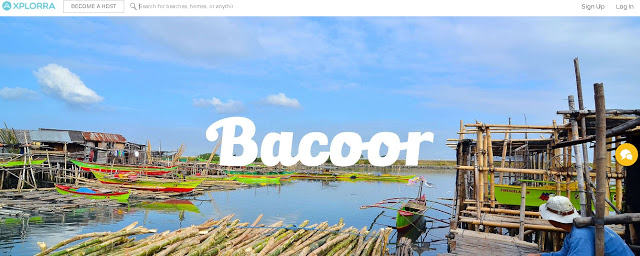


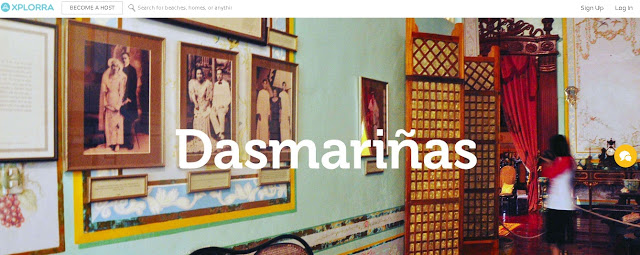

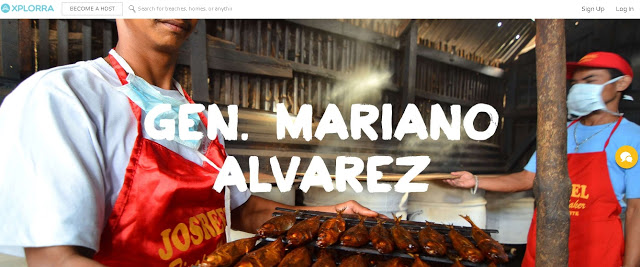

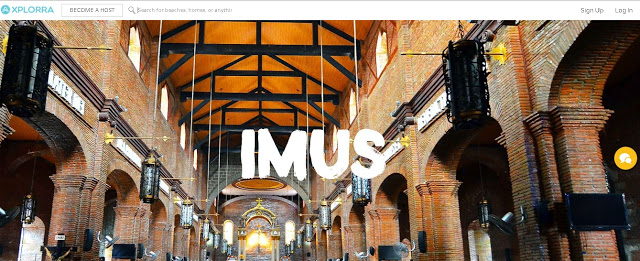

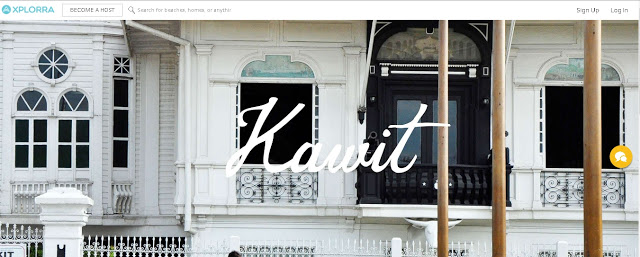
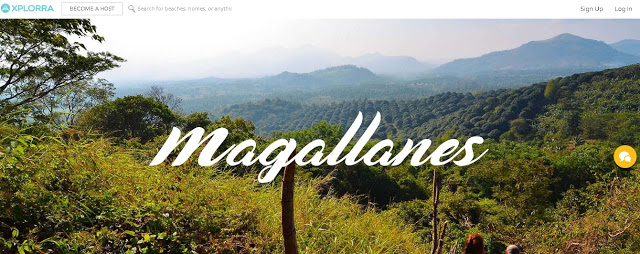


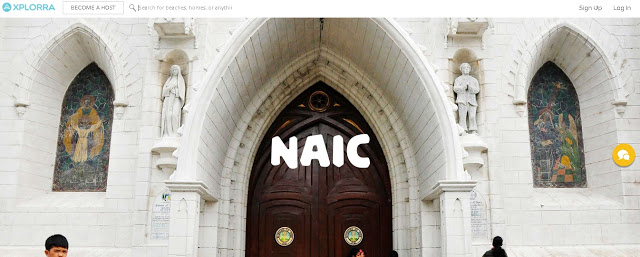




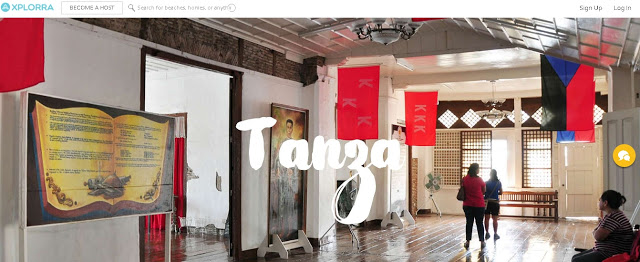






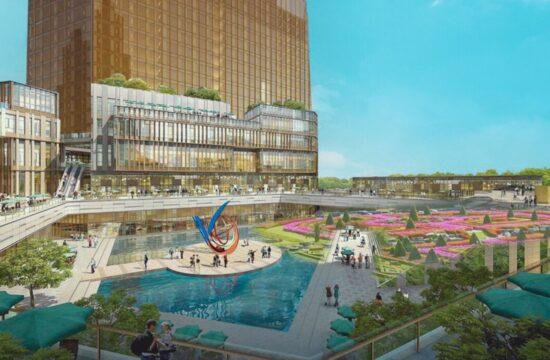
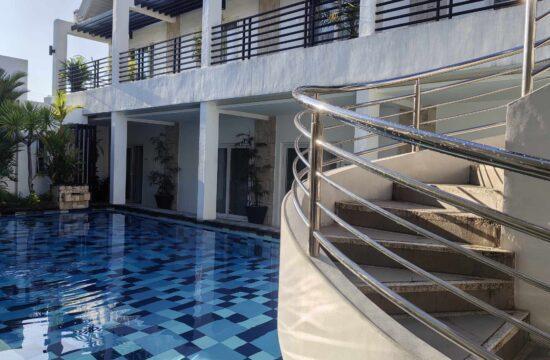
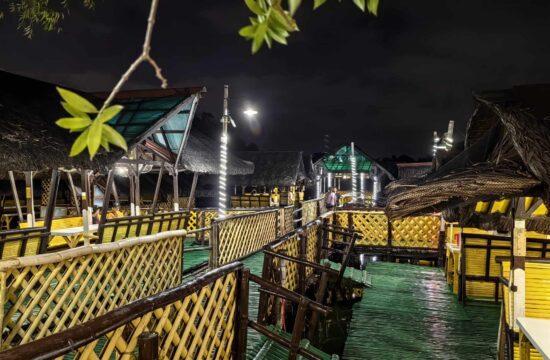









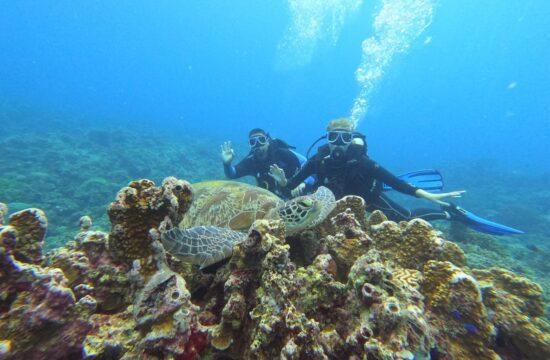


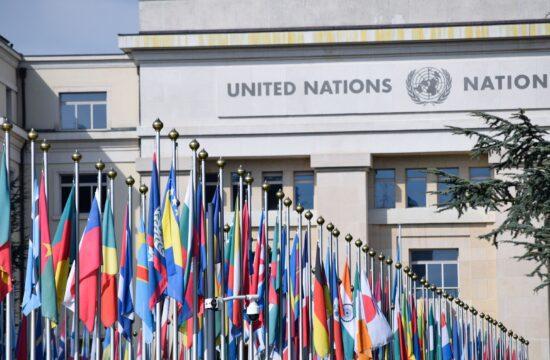
Services areas of an event management company at corporate event venues San Francisco include product launches, corporate seminars, and forums. Services also comprise of retail advertising programs such as road shows and training programs.
ang dami ko pang di napupuntahan